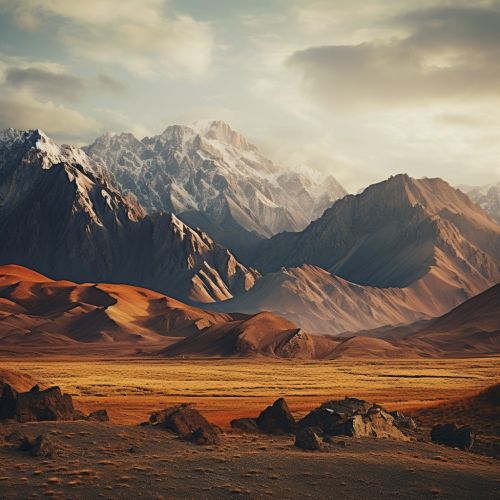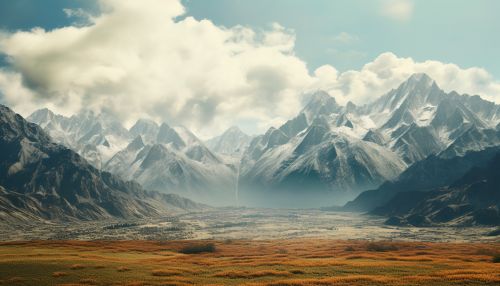Tectonic Controls on Landscape Evolution
Introduction
The crust of the Earth is a dynamic entity, constantly reshaped by the forces of plate tectonics. These forces play a crucial role in the evolution of landscapes, influencing the formation of mountains, valleys, and other geological features. This article delves into the complex interplay between tectonic activity and landscape evolution, providing a comprehensive overview of the mechanisms and processes involved.
Tectonic Forces and Landscape Formation
Tectonic forces are responsible for the large-scale movements of the Earth's lithospheric plates. These movements can cause the formation of various geological features, such as mountain ranges, riff valleys, and oceanic trenches.


One of the primary ways tectonic forces shape the landscape is through the process of orogeny, or mountain-building. This occurs when two tectonic plates collide, causing one plate to be forced upwards, forming a mountain range. The Himalayas, for example, were formed through the collision of the Indian and Eurasian plates.
In contrast, when tectonic plates move apart, a process known as rifting occurs. This can lead to the formation of rift valleys, such as the Great Rift Valley in Africa. Similarly, the movement of tectonic plates can also result in the formation of oceanic trenches, deep underwater valleys that are the deepest parts of the world's oceans.
Tectonic Activity and Erosion
Tectonic activity not only contributes to the formation of landscapes but also influences their subsequent modification through erosion. Erosion is the process by which rocks and soil are worn away, often by water, wind, or ice. The rate and extent of erosion can be significantly influenced by tectonic activity.
For instance, the uplift of a mountain range by tectonic forces can expose rocks to the erosive power of wind and rain, leading to the formation of valleys and canyons. The Grand Canyon, for instance, was formed through the erosive action of the Colorado River, which was in turn influenced by tectonic uplift.
In contrast, in areas of tectonic subsidence, where the land is sinking relative to sea level, the rate of erosion may be reduced. This can lead to the preservation of features that might otherwise be eroded away, such as ancient landscapes or fossils.
Tectonic Controls on Climate and Biota
Tectonic forces can also indirectly influence landscape evolution through their impact on climate and biota. For instance, the uplift of a mountain range can alter atmospheric circulation patterns, leading to changes in precipitation and temperature. These climatic changes can, in turn, influence the types of plants and animals that can survive in a region, which can affect soil formation and erosion rates.
For example, the uplift of the Andes has significantly altered the climate of South America, leading to the development of the Amazon rainforest on the windward side of the mountains and the Atacama Desert on the leeward side. These contrasting ecosystems have different impacts on soil formation and erosion, leading to distinct landscapes on either side of the mountain range.
Conclusion
In conclusion, tectonic forces play a pivotal role in shaping the Earth's landscapes. Through processes such as orogeny and rifting, tectonic activity can lead to the formation of diverse geological features. Furthermore, tectonic forces can influence erosion rates and climatic conditions, indirectly shaping the evolution of landscapes. Understanding these tectonic controls on landscape evolution is crucial for geologists and earth scientists, providing insights into the past, present, and future of our planet's diverse landscapes.
